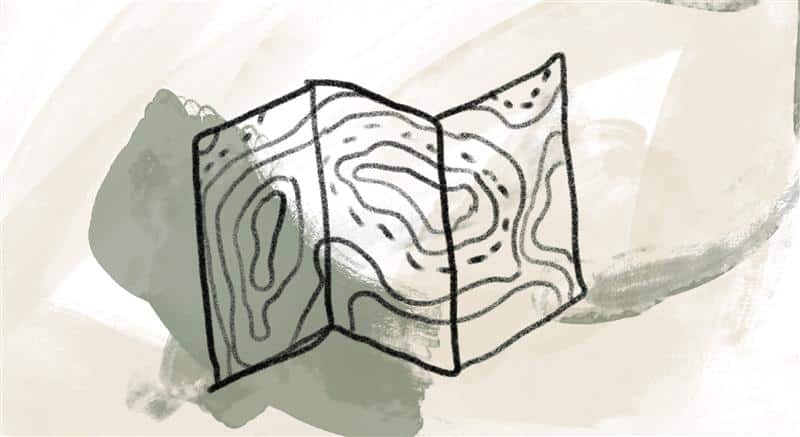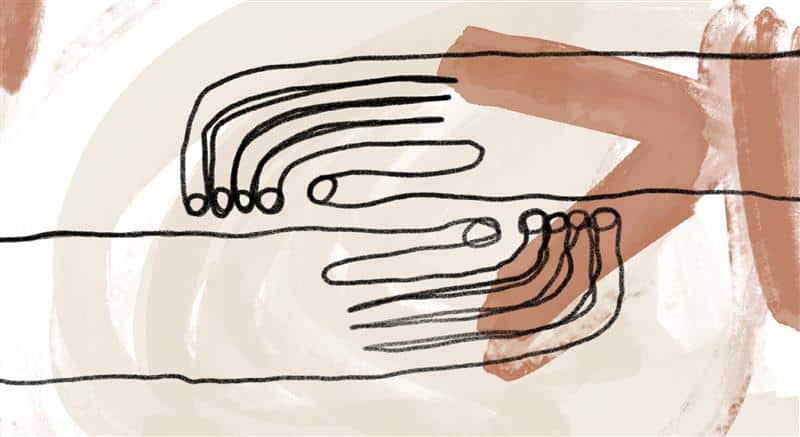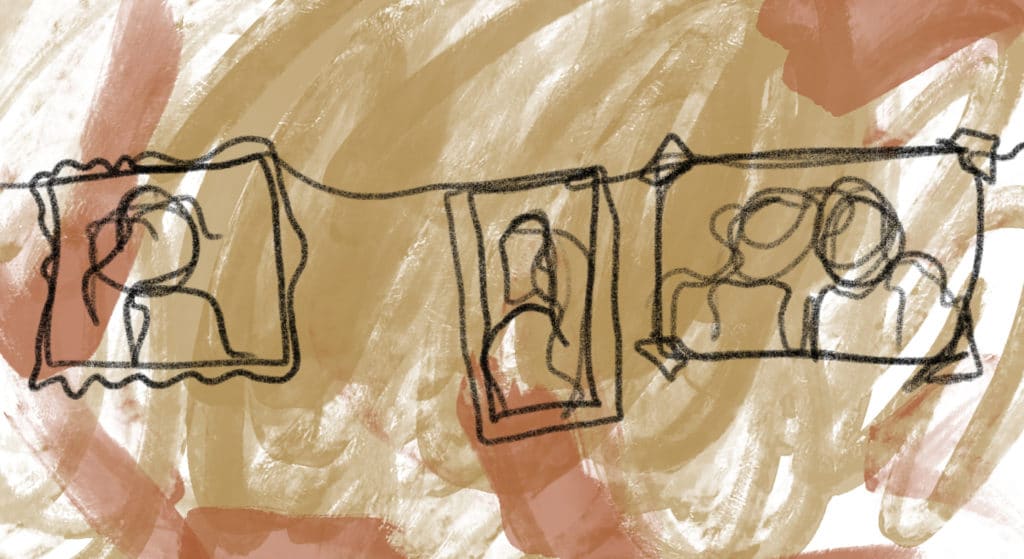
CAC teacher Barbara Holmes shares how communal healing begins after we make space for communal grieving:
I am a gardener, a lover of dark soil and rooted mysteries. The fact that flowers, herbs, and vegetables eventually burst forth from dampened seeds is always a wonder. It is also a joyful surprise when people who’ve been harmed to the extreme find peace and healing even while trauma continues. My anecdotal observations of my own community have convinced me that the roots of healing are deeply sown by the same Spirit that hovered over creation during the “let there be” transformation of the world. The shamans and root workers, the aunties and folk healers long gone, taught us that everything we needed to heal us was within our reach. Even salty tears could cure raw wounds if we could stand the pain.
What does healing look like for communities overwhelmed by ongoing trauma? How do communities survive? Those of us who are raised in communities under siege can tell you that there are many coping mechanisms. As one of the first steps toward healing and survival, we take a big gulp of reality. We have to admit that we’ve been broken before we can be healed. We can’t heal until we grieve the events that have wounded us, release the spiritual toxins left behind, and open ourselves to something new. Communal grieving offers something that we cannot get when we grieve by ourselves. [1]
Author Marcie Alvis Walker witnesses how making space for lament can give birth to authentic gratitude and praise:
Back in the day, church services began with loss and lament. Today most churches begin with praise and worship. I’m not saying one is better than the other, but if given the choice, I think a Bible character such as Job, who was abandoned, homeless, broke, and covered in sores and dirt and judgment, would rather attend the old-school church service of my youth, while believers today, bathed in candlelight and adoration, would much prefer a worship service that begins and ends on the upbeat swing of praise and gratitude.
If given the choice, … I think a crucified Jesus being executed on a cross would choose to lament because there was darkness and the tomb before the resurrection and the feast at the shore.
The church of my youth also feasted. We also sang those praises. We too were grateful. But that praise and that gratefulness was weighted with a heavy history burdened with great pain and great unfairness. Before we could offer songs of praise and appreciation, or feast, or fellowship, we had to remind one another of all the reasons we were so very, very grateful in the first place. And we had to allow a time to weep for all that had been taken and was still being taken. [2]
References:
[1] Adapted from Barbara Holmes and Donny Bryant, “Healing,” The Cosmic We, season 4, episode 5 (Albuquerque, NM: Center for Action and Contemplation, 2023), podcast, MP3 audio.
[2] Marcie Alvis Walker, Everybody Come Alive: A Memoir in Essays (New York: Convergent, 2023), 245–246.
Image credit: A path from one week to the next—Alma Thomas, The Eclipse (detail), 1970, acrylic on canvas, Smithsonian. Alma Thomas, Snow Reflections on Pond (detail), 1973, acrylic on canvas, Smithsonian. Alma Thomas, Snoopy—Early Sun Display on Earth (detail), 1970, acrylic on canvas, Smithsonian. Click here to enlarge image.
Many pieces form a collective, which makes a whole. We heal together.
Story from Our Community:
I am the youngest of ten children. My father had a very hard job and I used to think he didn’t love me enough. Contemplative practice has been a key part of healing from my difficult memories. Fr. Richard describes contemplation as “a long, loving look at the real,” a phrase I have used as my guide for deep healing. The transformational joy I have experienced from contemplative practice is so much deeper than simple happiness, which comes and goes. I am grateful to be learning how to see my life in an entirely new way. My simple hope is to continue to become a bit more human each day. The goal of embracing a “loving look at the real” is the renewable fuel that keeps my faith alive. —David S.




